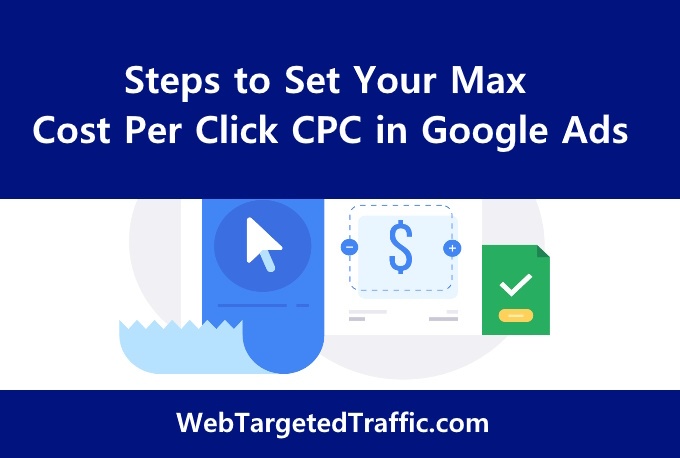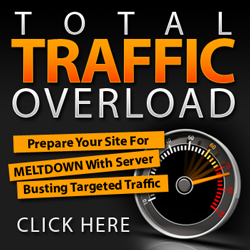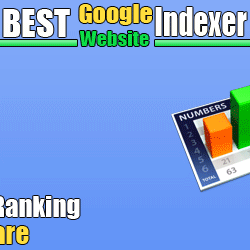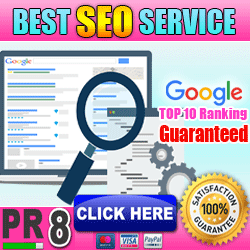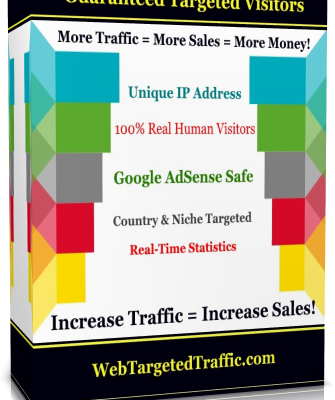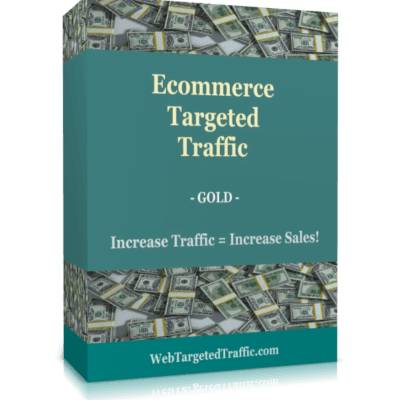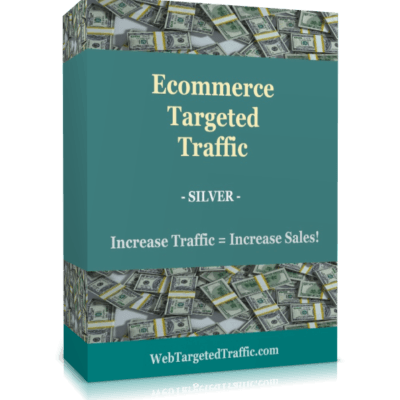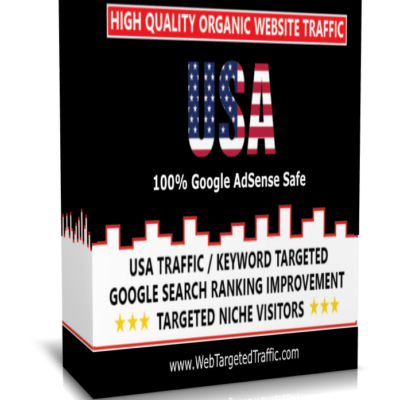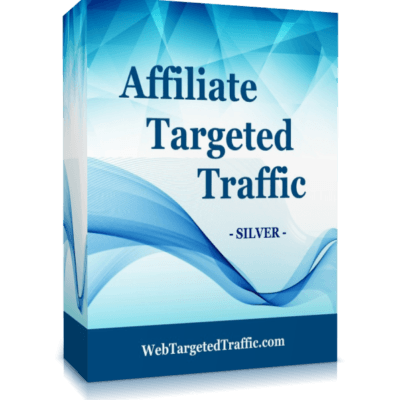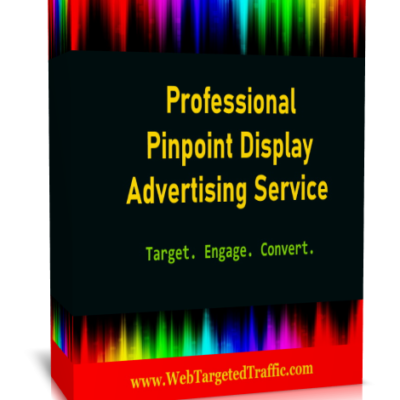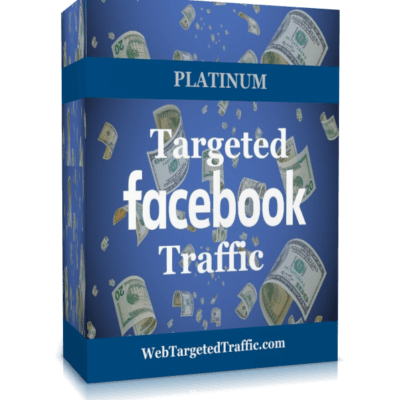Table of Contents
What Is Cost Per Click (CPC)?
Cost per click (CPC) is an online advertising revenue model that websites use to bill advertisers based on the number of times visitors click on a display ad attached to their sites.
The primary alternative is the cost per mille (CPM) model, which charges 1,000 ad impressions—or views—of the display ad, regardless of whether or not a viewer clicks on the ad.
The cost-per-click model is also known as pay-per-click (PPC),
Understanding Cost Per Click (CPC)
Advertisers commonly use cost per click with a set daily budget for a campaign. When the advertiser’s budget is reached, the ad is automatically removed from the website’s rotation for the remainder of the billing period. For example, a website with a cost-per-click rate of $.10 would bill an advertiser $100 for 1,000 click-throughs.
Most publishers use a third party to match them with advertisers. The largest such entity is Google Ads, which uses a platform called Google AdSense.1
How Much Does a Click Cost?
A click costs no more than you’re willing to pay through a bidding system. For example, you could bid a maximum of $1 per click on Google Ads. The system runs through algorithms that evaluate your ads and charges you no more than your bid. However, there are some caveats.
The Google Ads system applies discounts to advertisers with higher ad Quality Scores. This score is determined by the relevance of the ad and the advertiser’s content to the search terms used. You’ll also be dinged in the position of your ad the lower you bid, again adjusting for the other factors evaluated by the platform.
Setting your maximum Cost Per Click (CPC) in Google Ads
Is a straightforward process that can be completed in a few simple steps:
- Navigate to your Google Ads account and select the campaign you want to set a max CPC for.
- Click on the “Settings” tab and select “Bidding.”
- Choose “Manual CPC” as your bidding strategy.
- Expand the “Additional settings” section and click on “Set a maximum CPC limit.”
- Enter your desired maximum CPC in the field provided.
- Click “Save” to apply the changes to your campaign.
For example, if you’re running a campaign for a running shoe store, you might set your max CPC at $1.50 to ensure you don’t overspend on clicks while still remaining competitive in the ad auction.
It’s important to note that you can also set max CPC bids at the ad group and keyword levels. To do this:
- Select the ad group or keyword you want to edit.
- Click the “Edit” drop-down menu and select “Change max. CPC bids.”
- Enter your desired max CPC bid and click “Apply.”
By setting max CPC bids at a more granular level, you can fine-tune your bidding strategy to better align with your advertising goals and budget. For more information on editing keyword maximum CPC bids, refer to the Google Ads Editor Help documentation.
Factors to Consider When Setting Your Max CPC
When determining your maximum CPC, there are several factors to consider:
- Your advertising budget: Your max CPC should align with your overall budget to ensure you don’t overspend on clicks. Divide your daily budget by the number of clicks you aim to receive each day to get a rough idea of your max CPC.
- Your advertising goals: Are you focused on driving traffic, generating leads, or making sales? Your max CPC should reflect the value of each click in relation to your goals.
- The competitiveness of your keywords: Highly competitive keywords will likely require higher max CPCs to secure ad placements. Use tools like the Google Ads Keyword Planner to gauge keyword competition and estimated CPC ranges.
- Your Quality Score: A higher Quality Score can help you achieve better ad positions at lower costs. Focus on improving your Quality Score by creating relevant, targeted ads and landing pages.
For instance, if your daily budget is $50 and you aim to receive 50 clicks per day, your max CPC should be around $1. However, if you’re targeting highly competitive keywords, you may need to increase your max CPC to ensure your ads are shown to potential customers.
Monitoring and Adjusting Your Max CPC
Setting your max CPC is not a one-time task; it requires ongoing monitoring and adjustment to ensure you’re getting the best possible results for your budget. Regularly review your campaign performance and make adjustments as needed:
- If your ads are not receiving enough impressions or clicks, consider increasing your max CPC to improve your ad visibility.
- If your ads are receiving clicks but not resulting in conversions, you may need to lower your max CPC to reduce costs and improve ROI.
- If your keywords are performing well and you have additional budget, consider increasing your max CPC to capture more traffic and conversions.
By continuously monitoring and optimizing your max CPC, you can ensure your Google Ads campaigns are running efficiently and effectively, driving the best possible results for your business.
Regularly review and adjust your max CPC settings as market conditions and your campaign performance change. Stay on top of your industry trends, competitor activity, and seasonal fluctuations that may impact your advertising costs and performance. Use Google Ads’ built-in reporting and analytics tools to monitor your key metrics, such as click-through rate (CTR), conversion rate, and cost per acquisition (CPA), and make data-driven decisions when adjusting your max CPC.
Leverage tools and resources provided by Google Ads and other experts to optimize your CPC settings effectively. Take advantage of features like bid adjustments, which allow you to automatically adjust your bids based on factors such as device type, location, and time of day. Additionally, seek out educational resources, such as the Google Ads Help Center, Google Ads Blog, and industry forums, to stay informed about best practices and strategies for managing your max CPC.
Remember, setting an optimal max CPC is an ongoing process that can significantly influence your campaign’s success. By continually refining your bidding strategy, you can maximize your return on investment (ROI) and achieve your advertising goals more effectively. Dedicate time to regularly assess your max CPC settings, test different approaches, and adapt to changes in the digital advertising landscape to ensure your campaigns remain competitive and profitable in the long run.
How to Lower Cost Per Click
Because advertising can become very expensive when paying by clicks, you need to have a plan to keep from paying too much per click. This means researching and creating a strategy with keywords to raise your Quality Score, a large measure of how your ads compete with others.
Raise Your Quality Score
Your Quality Score is crucial to increasing your clicks and decreasing your costs. You can improve your Quality Score by making adjustments to your:5
- Expected clickthrough rate: You can edit the ad to make it more appealing to your targeted consumer base, highlight features and benefits, and above all, ensure your ad details match your keywords.
- Ad relevance: Your ad should appeal to your audience and their search intent. Look at search results for different phrases and analyze the results.
- Landing page experience: Landing pages should be relevant to the audience that clicks the ad. For instance, an advertisement for a widget shouldn’t lead to a landing page featuring gadgets. Additionally, the speed of your landing page loads should be fast enough on mobile devices and computers so that potential customers don’t need to wait.
Keyword Research
Keywords drive internet searches, so it makes sense to ensure you have keywords in your ads that lead people to your website. Some techniques you can try are:6
- Targeting: You should try to target your audience by matching your ad text with what they are searching for.
- Splitting: You can split your ads into groups with different keywords and match them to other searches.
- Grouping: Grouping involves creating themes for your products and services, which you then make group names for and use keywords that match searches. For instance, if you are marketing headphones, you could group them into over-the-ear and in-ear headphones and target your audience with matching keywords.
Cost Per Click Alternatives
There are plenty of alternatives to Google AdSense, including Media.net, Infolinks, Amazon Advertising, and Bidvertiser, to name a few.
Some specialize in small or large publishers, and some offer a better deal than Google AdSense to stay competitive.
CPC vs. CPM
In the print world, advertisers choose publications that match their customer profiles and place ads in them. They pay more for bigger ads and more prominent placement, but the effectiveness of those ads can usually only be implied by tracking before-and-after sales numbers. Coupons and contests are among the strategies that help them track their ads’ effectiveness better.
In the online world, advertisers know how many people are at least interested enough to click on their ads. That has led to two of the primary ways to reach consumers through web advertising:

